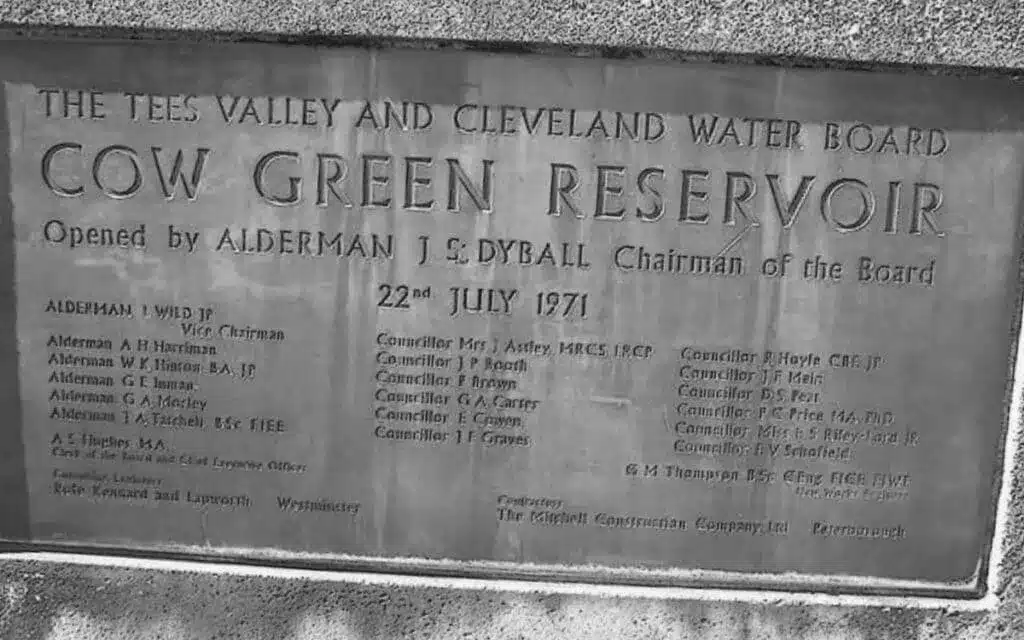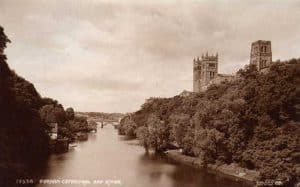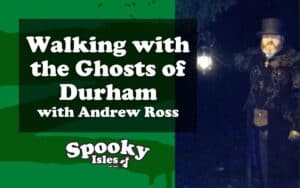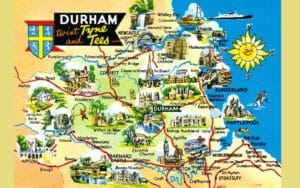The Durham Dales in North-East England has many haunted places to explore, writes GAYLE FIDLER
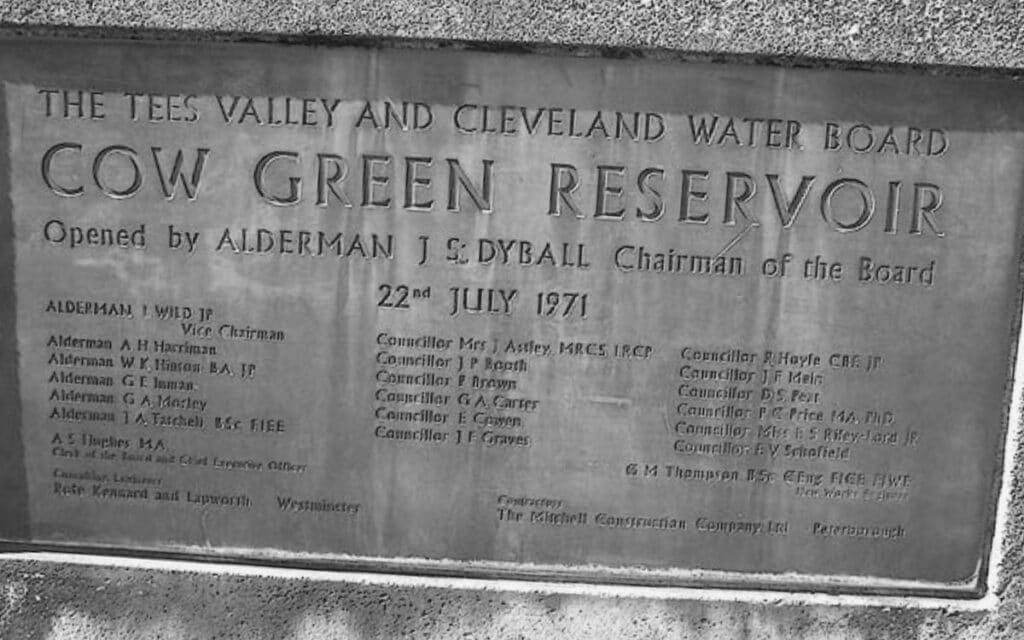
The Durham Dales sit within the North Pennine Area of Outstanding Natural Beauty. They consist of Teesdale and Weardale, two rural areas. The dales landscapes are varied. Desolate moorland surrounds picturesque market towns and villages. Thick forestry leads to magical waterfalls, rivers, and reservoirs.
The area is truly spectacular. Visitors can enjoy a whole host of activities from walking, cycling, pony trekking to visiting local markets and attractions.
But there is a darker side to the magnificent dales, strange things have been reported roaming the landscapes. From screaming spirits, phantom horses, water sprites, and ancient burial grounds, here are just a few spooky tales from the dales.
Haunted Places in Durham Dales
Cow Green Reservoir
Cow Green is a two-mile-long reservoir in the upper Teesdale. It was built between 1967 and 1971 to supply industries in Teesside with water. Cow Green falls within a diverse natural landscape, made up of rare rock formations, blanket bogs, and limestone grasslands. Underneath the reservoir lies a bronze age farmstead, which was uncovered during a drought in 1984.
To the eastern end on the boundary between County Durham and Cumbria is a cataract waterfall called Cauldron Snout. At 180 metres long it is the longest waterfall in England. Cauldron Snout is said to be haunted by the ghost of a Victorian farm girl, known as “The Singing Lady”.
According to local legend the girl threw herself into the waters and drowned after her affair to a local lead miner ended. Two days later her battered and bruised body was found on the rocks, where she is now said to sing. She is reputed to still be heard over the bubbling torrents singing or possibly crying her sad song.
There is something even more sinister reputed to lurk in the depths of the waters of the river Tees. Cow Green is the home of a water spirit known as Peg Powler. Described by Folklorist William Henderson as having green hair and “an insatiable desire for human life” she is said to lure people into the waters and either drown or eat them. The white froth which is seen on the water is known locally as Peg Powler’s suds.
Kirkcarrion
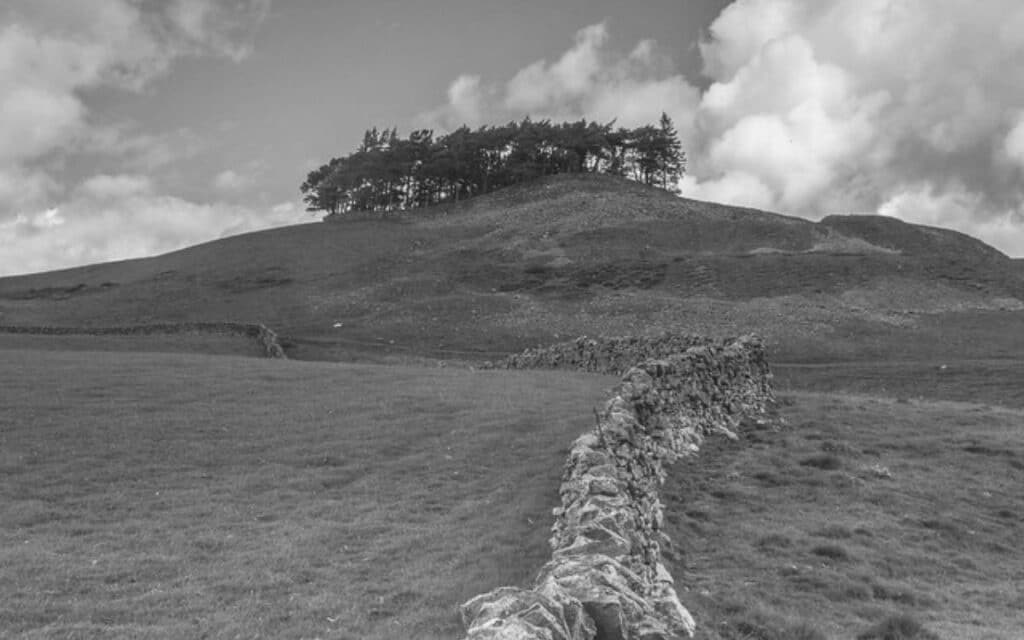
Standing 400ft above the village of Middleton in Teesdale is a tree ringed ancient burial site or tumulus. The site is believed to be the final resting place of a Brigante chief called Caryn.
In 1804, a local farmer was removing stone from the site, when he unearthed a small chamber which housed a cremation urn. The urn was given to the landowner Lord Strathmore who planted a ring of pine trees to mark the site.
Kirkcarrion still has an air of mystery around it to this day. Local legends say that the site is haunted by the ghost of the chieftain. It is said that no wind blows through the trees, and birds will not fly over the site.
The mound can be reached via a public footpath, and even if you don’t see any ghosts the view of the dales below is well worth the walk.
Killhope. The North of England Lead Mining Museum
Killhope lead mining museum is a great day out for all the family. However, at night, something sinister may lurk in the museum grounds.
The mine at Killhope closed in 1910, having been one of the richest mines in the whole country. It has been restored as a museum, which pays homage to the rich lead mining heritage of the dales. There is a working waterwheel, and you can explore underground on guided tours.
The museum has had several ghostly reports in recent years. Staff at the mine reported items being moved overnight when there was no one there. A team of paranormal investigators once left the site terrified after hearing a women’s screams at night.
Whilst the sounds and moving objects may have more plausible explanations than screaming spirits. The museum is worth a visit to find out for yourself what may lurk in the old lead mines.
Hamsterley Forest
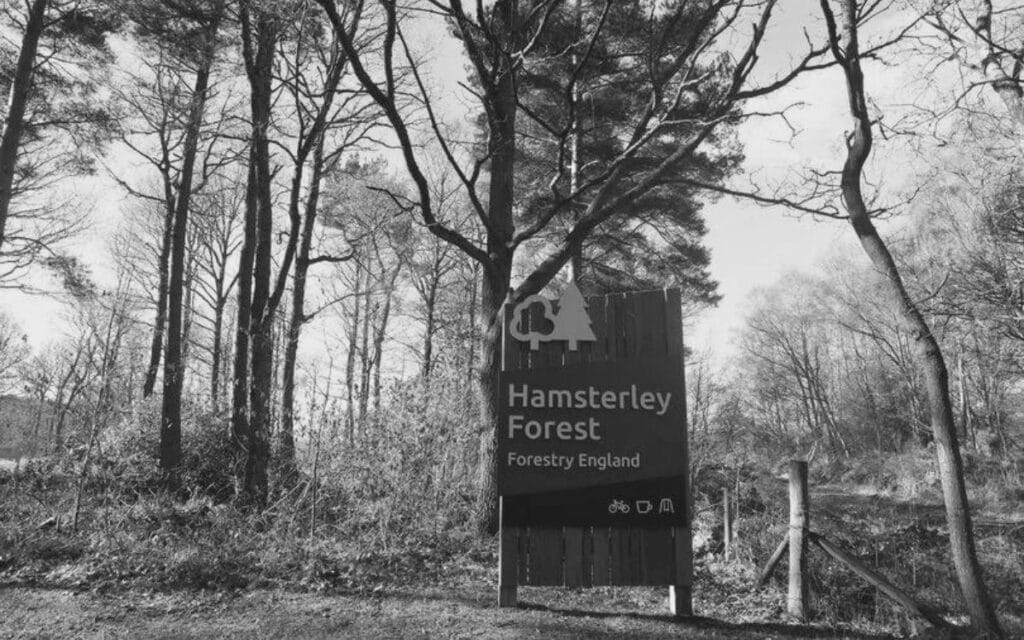
The village of Hamsterley is probably most famous for its forest, which is the largest forest in County Durham and covers around 5000 acres. The forest is managed by Forestry England and has many walking and cycling trails, as well as a visitors’ centre and café.
In the heart of the forest is a large privately owned property called The Grove which was once a hunting lodge. The property formed part of the estate of rich landowners, the Surtees family. A local tale tells of a phantom horse and rider which has been seen galloping from nearby Raby Castle and disappears as it reaches The Grove. The face of the rider is reputed to be covered in blood.
Some reports say that this is the ghost of a highwayman. However, the Surtees family did indeed have a horse-riding tragedy between nearby Raby Castle and Hamsterley forest. In 1803, Crosier Surtees was found dead in the river after riding back from a banquet at the castle. It was believed he fell from his horse whilst drunk and froze to death in the river. Could this be the phantom horse rider still trying to find his way home?
Harperley
On the A68 / A689 between the towns of Crook and Wolsingham, is an area known as Harperley. In 1948 a prisoner of war camp was built there, housing Italian and German prisoners.
There is a large hall, Harperley Hall which was built in 1790 as a private residence and is now part of a police training centre.
Once there was a terrible tragedy on the railway line near the hall. A guest arriving by steam train, had been sent a carriage to collect her. The station was only a short ride away. As the lady climbed aboard the cart, the sound of the train blowing its whistle, startled the horse, causing the frightened creature to bolt.
The lady was thrown from the cart, straight to her death under the wheels of the departing train. A spectral horse and carriage have been seen at nearby Harperley roundabout on the A68 road, on several occasions.
In the 1970s, a police officer also saw a lady in old fashioned clothing, leading a horse near the hall. It was 2am and the police officer turned his vehicle around to check if the lady needed any help. However, both the woman and the horse had mysteriously vanished.
There are also tales of a spectral woman in white who wanders the rooms of the hall.
The hall itself is not accessible to the public, but you can still take a trip on parts of the old railway line. The Weardale Railway has been restored and is open for passenger trips but watch out for ghostly goings on!
Have you seen anything spooky in the Durham Dales? Tell us about it in the comments section below!

